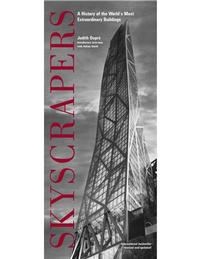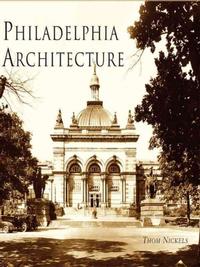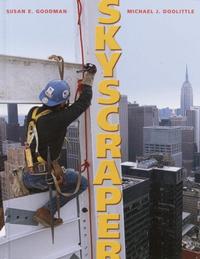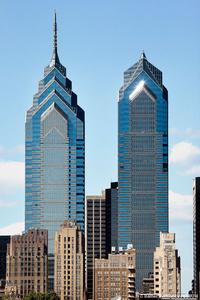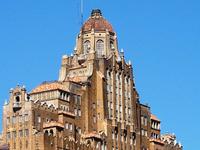This year's National Skyscraper Day falls on Labor Day, as good a day as any to fully appreciate the architectural marvels, engineering efforts, and skilled labor that make up our cities. If you've walked or driven around Philly in recent years, you've undoubtedly noticed that the city seems to be constantly under construction!
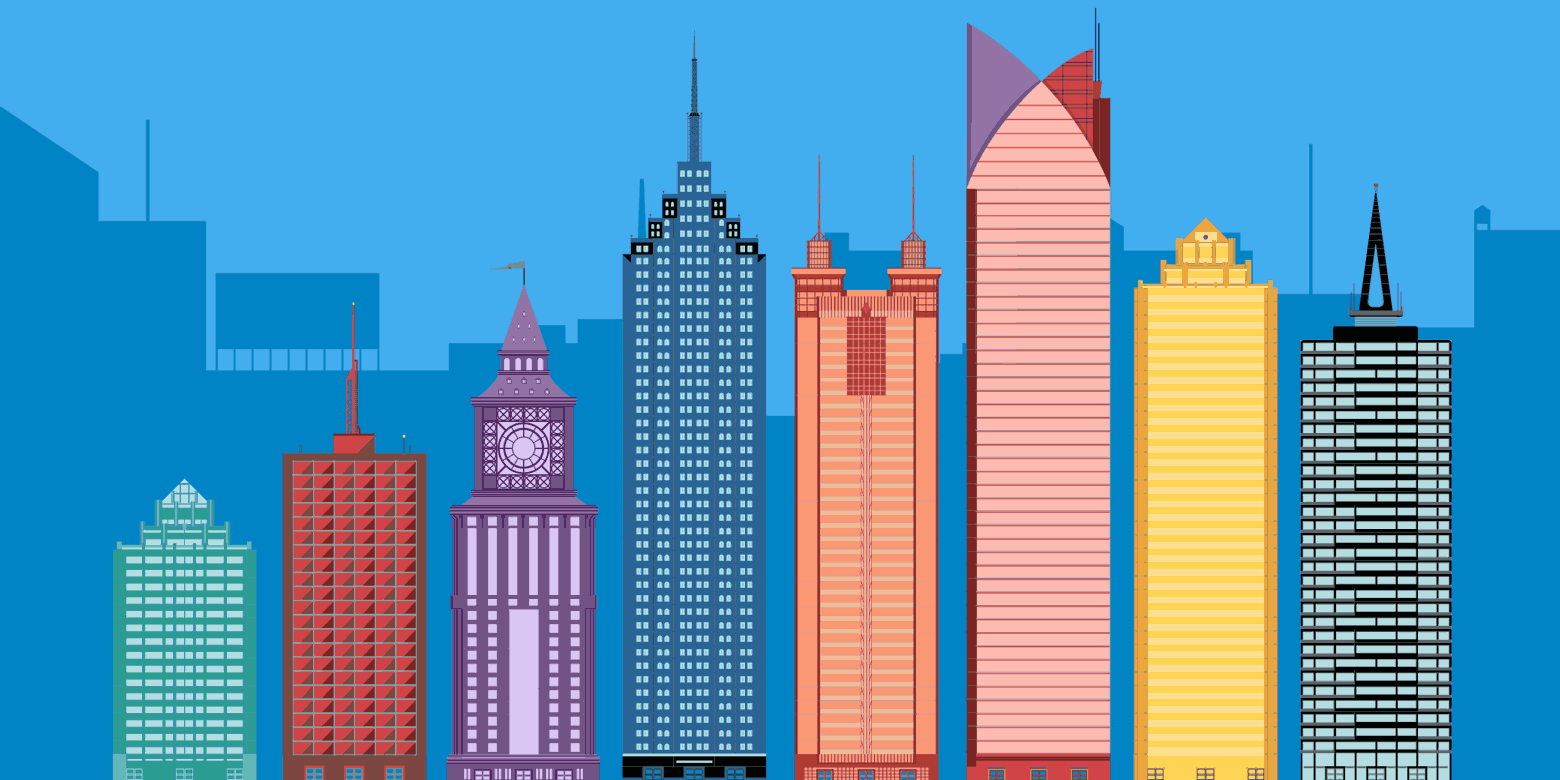
Below are 9 historal anecdotes about the Skyscraper's place in Philadelphia and how it has literally helped shape our city.
What is a Skyscraper? Dictionaries define a skyscraper as a tall building, which is a relative term. After all, a building considered tall in Dubuque would not be considered tall in New York City. And very few of the 19th century’s tallest buildings would be considered skyscrapers today. Architecture organizations have defined skyscrapers as a building at least 150 meters (492 ft) tall, with at least 50% of its floor space being habitable. Some experts include other criteria such as a steel frame construction, elevators, and a "vertical look."
Most experts consider the creator of the modern skyscraper to be Louis Sullivan of the "Chicago School" and the most influential skyscraper to be his Wainwright Building, built in 1896 in St. Louis. But where did Sullivan’s ideas come from? He gave some credit to Frank Furness, for whom he worked in the early 1870s. Coincidentally the Furness office was on Chestnut Street, across from the Jayne Building, Philadelphia’s tallest building at the time. The Jayne was built with cast iron instead of steel and lacked an elevator, but it looked remarkably like the Wainwright and other skyscrapers Sullivan and his Chicago School compatriots began building at the end of the century. When the Jayne was demolished in in 1958 as part of the Independence National Historic Park project, City Planner Edmund Bacon called it the ‘‘the worst single act of architectural vandalism that I’ve ever experienced.”
The Land Title Building at Broad and Chestnut was Philadelphia’s first modern skyscraper, built for The Land Title Insurance company, the first title insurance company in the U.S. Chicago architect and skyscraper pioneer, Daniel Burnham designed the 16-story, 238 foot high building and it was completed in 1898. Burnham worked with the Horace Trumbauer firm to design a 22 story, 320 foot high addition to the building in 1902. This was one of Julian Abele’s first projects after joining the Trumbauer firm. By today’s height standards the Land Title Building would not be a skyscraper, unlike it's newest neighbor the Element Hotel.
The first Philadelphia building tall enough to be considered a skyscraper is City Hall, which measures 167 meters (548 ft) to the top of William Penn’s hat. City Hall was designed to be world’s tallest structure, but in the 30 years it took to build it was surpassed in height by the Eiffel Tower and the Washington Monument. Philadelphia City Hall is the tallest load-bearing masonry building in the world, made even taller by the largest statue on any building in the world. It’s also the largest municipal building in the U.S. (including the Capitol). City Hall does not look like a skyscraper but it was the tallest building in Philadelphia until 1987 due to the "gentlemen's agreement" that prohibited any building taller than William Penn's hat. This kept Philadelphia's skyscrapers shorter than many famous skyscrapers like the Empire State Building, but several are impressive in other ways.
The art deco Drake Hotel was built in 1929, featuring nautical reliefs on the ground floor and a Spanish Baroque tower with a terra-cotta dome. The Lincoln-Liberty Building (now known as One South Broad) was built to house Wanamaker’s men’s store as well as offices. The 24th and 25th floor were designed as a luxurious penthouse for Rodman Wanamaker and his wife. The tower houses the 17-ton “Founder’s Bell”, cast in honor of John Wanamaker. It still rings the hours every day and can be heard for 25 miles.
The PSFS Building, built for the Philadelphia Saving Fund Society broke all the rules when it was completed in 1932. It was the first American skyscraper built in the "international style" pioneered by Walter Gropius, Le Corbusier and Mies Van der Rohe. Its glass and steel envelope with a core of elevators and service ducts became the template for all the skyscrapers that sprang up across the U.S. after World War II.
The Gentleman’s Agreement was broken in 1984, when developer Willard Rouse convinced City Council to approve his plans for One Liberty Place. The skyscraper, designed by Helmut Jahn with a nod to the Chrysler building, towered over the city and set the standard for things to come. It remained the tallest building in Philadelphia until the Comcast Center was completed in 2008.
Liberty Place sparked the development of Center City that continues today, but superstitious Philly sports fans blame it for the Curse of Billy Penn that plagued Philly’s professional sports teams for 20 years. The teams had all been successful throughout the 1970s and 80s, but within 2 months of Liberty Place’s opening the Flyers lost the Stanley Cup. The curse is blamed for a second Stanley Cup loss in 1997, a World Series loss in 1993, an NBA finals loss in 2001, and three straight NFC Championship losses, as well as Super bowl XXXlX.
Shortly after that Super Bowl loss, construction began on the Comcast Center, slated to be several meters taller than One Liberty Place. What about the curse? Would our sports teams get worse? Was this even possible? Ironworkers to the rescue! When the building’s highest beam was hoisted into place, ironworkers placed a small statue of William Penn on it for good luck. The following year, the Phillies won the World Series! Our sports future was put at risk again when the Comcast Technology Center neared completion. The ironworkers saved us with another Penn statue attached to the last beam on December 20, 2017 – just in time for Super Bowl LII. Let’s hope they don’t forget to do it again when the proposed Transit Terminal Tower nears completion in 2028...
Read more...
Have a question for Free Library staff? Please submit it to our Ask a Librarian page and receive a response within two business days.
The first photograph shown with the description of The Drake Hotel is not the Ritter & Shay 1929 building at 1512 Spruce Street.
Saturday, November 9, 2019
You are correct. The photo shown next to paragraph 5 is One Broad Street. The photo of the Drake is in the right hand column near the beginning of the page. We have another photo of the Drake Hotel in our Digital Collections: https://libwww.freelibrary.org/digital/item/44300
Wednesday, November 13, 2019

